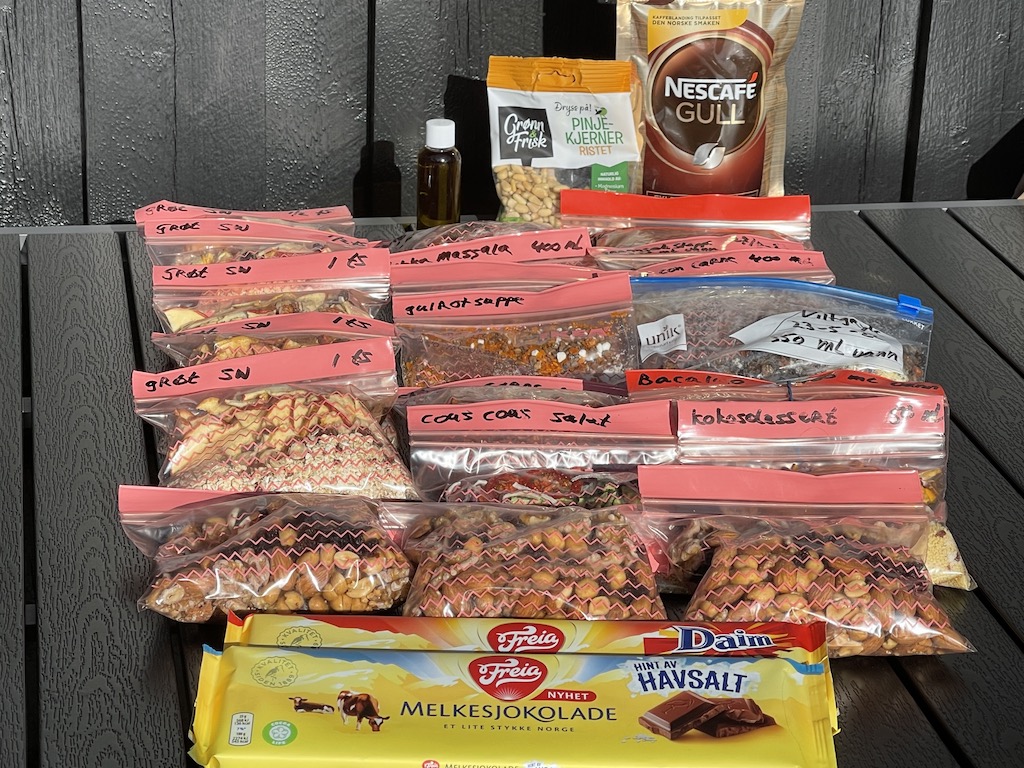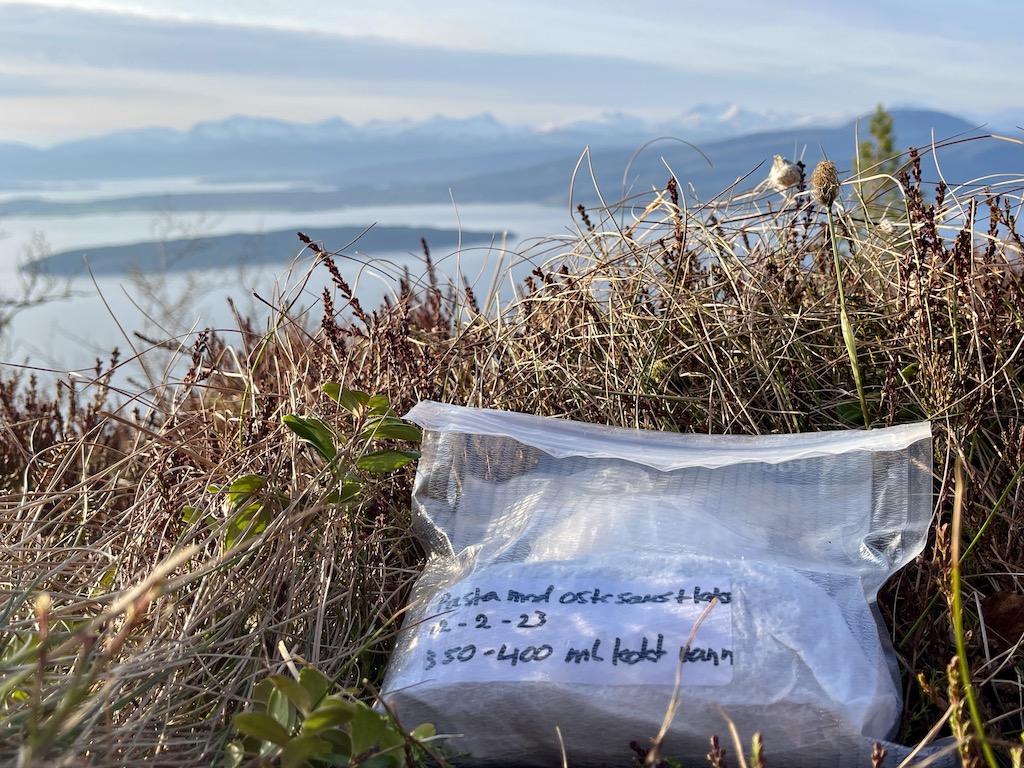Proper storage is crucial for ensuring the extended shelf life of dried food. The length of time that the food remains fresh and safe to consume depends on several factors.
Moisture
The food must be completely dry before it is stored. Light – The food should be stored in a dark room or cupboard and protected from exposure to light. Oxygen – Oxygen can impact the shelf life, so it is preferable to pack the dried food in vacuum-sealed bags, airtight containers, or mason jars. Temperature – The food should be stored in a cool room with a consistent temperature.
Hygiene
Maintaining good hygiene during food preparation is essential. Fresh ingredients should be thoroughly washed before cooking, and it is important to use clean kitchen utensils and work on a sanitized kitchen countertop.
Ensuring dryness before storage
Before storing dried food, it should be completely dry. Insufficient drying can lead to mold growth during storage.
Cooling before packing
Avoid packing food immediately after removing it from the drying process. It should be allowed to cool down before being packed.
Various methods for packaging dried food
There are different options for packaging dried food:
- Vacuum-sealed bags
- Mason jars
- Airtight containers
- Ziplock bags
Dries fruits and vegetables
I store dried fruits and vegetables in mason jars. During the first week after drying, I periodically shake the jar to ensure that the fruits or vegetables do not clump together or accumulate any moisture (as this indicates insufficient drying time, requiring them to be returned to the dehydrator).
Storage of dried meals using ziplock bags
You can pack complete meals in ziplock bags and freeze them until your trip. Keep in mind that using ziplock bags does not completely remove all oxygen, so the exact shelf life may be uncertain. However, when you freeze the bags, the food can stay fresh for an extended period, ranging from 3 months up to a year.

Storage of dried meals using vacuum-sealed bags
The most reliable method is to vacuum-seal your meals. However, if you intend to use the food at a later date, I still recommend freezing the vacuum-sealed bags until your trip (it’s always better to be safe). Vacuum-sealed backpacking meals also maintain their freshness better during extended overnight trips. Here, you can learn how to vacuum-seal backpacking meals without risking any punctures in the vacuum bags.
Storing dried meals using vacuum-sealed bags
When it comes to storing your dried meals, vacuum-sealing the bags is the safest option. To further ensure freshness, I recommend freezing the vacuum-sealed bags until your trip (it’s always better to be safe than sorry). Vacuum-sealed backpacking meals also maintain their freshness for longer periods during extended overnight trips. You can find instructions on the page ´how to vacuum-seal backpacking meals´ without risking any punctures in the bags.

Storage in a cool and dark place
Regardless of whether the food is stored in glass jars, airtight containers, or vacuum-sealed bags, it should always be kept in a cool, dark place.
Impact of fats and dairy products on shelf life
The use of fats in food affects both the drying process and shelf life. Improper storage can lead to rancidity. Therefore, when preparing backpacking meals, I recommend using a non-stick frying pan with minimal added fat for cooking vegetables and meat. I also prefer lean meats for my meals. If dairy products are included, opting for low-fat versions is advisable. Dishes containing dairy or higher fat content, such as salmon, should be frozen, regardless of vacuum-sealing.
Shelf life of different types of dried food
The shelf life of various types of dried food varies and is influenced by factors such as packaging, preparation method, amount of fat used, the inclusion of dairy products and how it is stored.
- Dried fruit: Up to 1 year, sometimes longer
- Dried vegetables: 1 year or longer
- Lean meats and fish: They should be frozen until needed for your trip. When vacuum-sealed, they can remain fresh at least for up to 12 months in the freezer. Meat and fish should always be fully cooked before drying.
- Pasta and rice: 1 year or longer
Storage of meals with multiple ingredients
If a meal consists of different ingredients, the shelf life is determined by the ingredient with the shortest shelf life.
